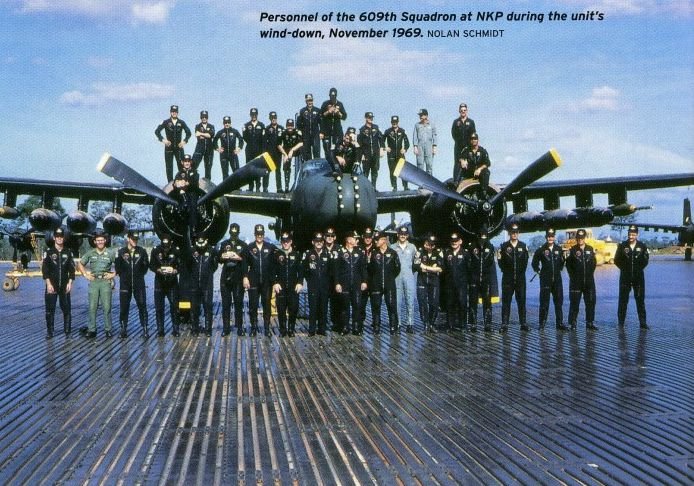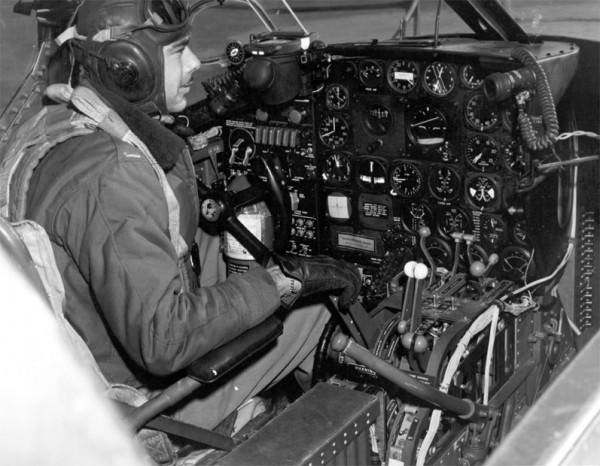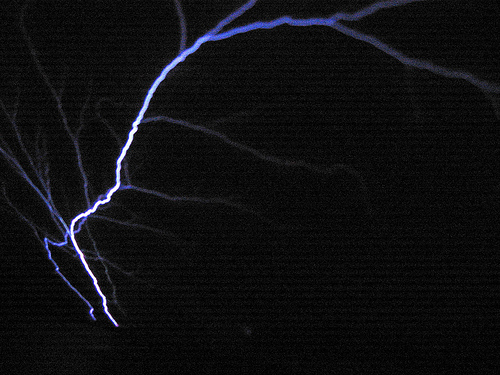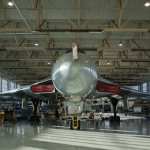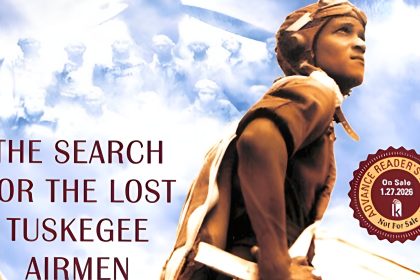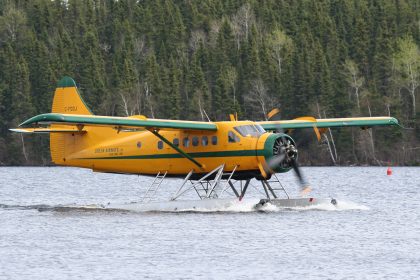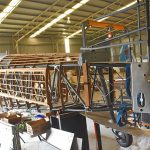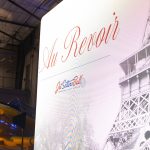“On a summer night in 1967, my navigator and I launched from a remote jungle airfield west of the Mekong River for an interdiction mission in Laos over the Ho Chi Minh Trail. We were flying a renovated twin engine, fully loaded A-26A attack bomber modified for special operations.
We headed out to find and destroy enemy trucks, cars, bicycles and water buffalo headed south with strategic supplies for the enemy. The terrain we operated over was akin to the foothills of the Cascades north of Mt. Rainer. At night. Under flares.”
Jack Krause is a former USAF pilot, Vietnam veteran and retired airline captain. We caught up with him and talked about his favorite story with the A-26 Invader.
Jack continues: “We were advised in our briefing of a line of thunderstorms running east and west that bisected the operational area. This was no problem since we were working the southern half.
As we crossed the Mekong river which is is a trans-boundary river in Southeast Asia. It is the world’s 12th-longest river and the 7th-longest in Asia,we contacted the airborne controlling agency. We were vectored south to search for targets. It felt good to put the roiling storms behind with all that lightning visible for miles.A short time into our flight, however, an urgent call came from the airborne controller telling us to head north to help a ground installation that was under enemy attack. This was right through that ugly line of thunderstorms! If I had one of today’s modern phones back then, my text in response would have been, “OMG!” But this is what we were getting paid the big bucks for, right?!”
Jack is a funny man with a great sense of humor – he continues – “We did a 180, tightened our seat belts, secured everything in the cockpit and headed north. Everyone knew that when someone was in trouble, you go help.As we entered the towering cloud columns partially illuminated by the rapidly recurring lightning, things got bumpy. And bumpier. And….!! Yikes! With my regular Navigator on leave, I was paired with an older navigator who was a pilot officer during WWII. He had more pilot time than any of us “youngsters.” He was recalled before the Korean conflict and was now a navigator.”
Jack commented that one of his biggest challenge was to fly with a crew member as he never flew before so his tendency was to do everything by himself until he learned to share the workload with his colleague.
“It was a comfort to have him along. For example, until that night, I had never used a “thunderstorm light” that many cockpits had in that era for negating blinding flashes from lightning. In fact, I forgot we had one until he turned it on. I appreciated his experience.Things intensified as we proceeded into the jaws of the maelstrom. Sometimes we were mere passengers, and at other times we actually got to steer the machine. One thing I will remember is how much our wings flexed. Since these birds were pulled out of combat a few years earlier because of a tendency to shed wings, I was naturally concerned.
Then St. Elmo made an appearance. Our windshield glowed and sparkled in pale blue all around the edges. Then the side windows danced in blue. It was an intensity that I had never experienced before despite many hours in the weather, including the Far North where St. Elmo often hung out.”
I peeked at our wings and saw huge blue bow waves forming on our tip tanks. These fan shaped apparitions stuck out at least five feet in front of our tanks. Then the armament under our wings glowed with huge fan shaped arcs of blue.
Then the propellers produced thick blue corkscrews that trailed over the wings and into the darkness. Meanwhile, we were thrown around inside the cockpit with a disturbing intensity.
The finale occurred when a string of softball sized blue globules formed at the apex of our windshield and rolled between our seats and into the bomb bay. This was mesmerizing, to say the least! I tried to catch one, but there was nothing there.
Two terrifying thoughts entered my mind. One was the effect of all that static electricity on the fuses in the armament we were carrying? The other was how well we must be illuminated for those gunners on the ground, looking just like a slow moving meteor.
After about 25 minutes, we popped into a clear, smooth, star illuminated black night. Phew!After a sigh of relief, we called the controlling agency in that sector and told them we were ready for action. You will never believe what they said, but here it is anyway. “What are you guys doing up here?” That is the truth! They advised there was no one in trouble, they had no targets, and that we may as well go home!Uttering another “OMG,” we headed back. You may ask why we did not land there and wait out the storm? That is a good question, except that our wait would probably have been in a bamboo cage chained to a hardwood pallet, while eating rice once a day for several years. We decided on the thunderstorm instead.
St. Elmo soon rejoined us as we reentered the storm. The show was just as spectacular, but my arms were getting tired. As we approached our airport, they told us that the weather was deteriorating, and that we should “hurry.”We were on the GCA (PAR) final approach to our steel plank runway with our hydraulic windshield wipers humming at super speed. When my Nav said that we were at tree top level but with no runway in sight, I added power and headed for our alternate field about 90 miles west.
It was early morning when we touched down, parked and made our way to the operations center. It had been a four hour flight which required using the facilities before debriefing. Now, may the Chief Pilot in the Sky strike me if this is not a true story, but I looked up to see that someone had scrawled the following in large letters on the wall:
“WILBUR, CALL HOME. I HAVE A GREAT IDEA. ORVILLE.”
On January 1, 1979 Jack Krause retired as Lt. Colonel with experience in numerous single engine piston land airplanes, numerous multi-engine land airplanes, and single engine jet: T-33, F-86D/L, F-102, and F-106 for a grand total of 21,133 hours of which 5,500 are military .







